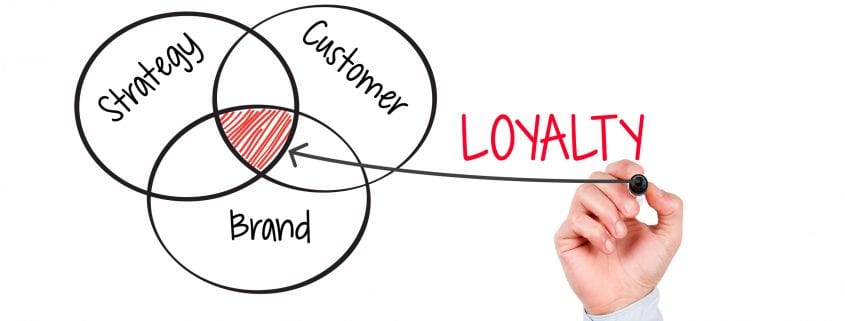
Brand Marketing Strategy: Community and Advocacy
Most companies will have a brand marketing strategy. A great way to use a strategy is to work with the community and advocacy. Having advocates and engaging with community will help your brand grow. Advocates are customers, employees, fans, and influencers. Brand advocates are dedicated fans whom the company should build closer relationships with. The best way to advertise is through word of mouth and advocates in the community will do that.
Community and Social Media
When it comes to social media, it is important to engage, grow and leverage the audience. Some ways to grow your social media audience include providing an incentive (gift card), reaching out to the offline community, asking the right questions, and finding people who are advocating your brand already. Engaging your social media community can include having a welcoming environment, timely responses, and reciprocity. Make sure to monitor your community space.
Engagement with Influencers and Advocates
Engaging with influencers and advocates can bring value. The influencers are bloggers, speakers, and authors. A good idea is to invite these people to an event. Influencers and advocates are the ones spreading information about your company through word of mouth. When building a brand advocacy program, it is important to have program goals, criteria for selection, a plan for onboarding and a continued engagement plan. With an advocacy program, it is important to remember the 3 R’s: relevance, reach and resonance. With an employee advocacy program, it is important that both employees and high up exec people post and share company content on social media.
Growing Community Across Social Media
Social media platforms include Twitter, Facebook, LinkedIn, Instagram, YouTube, and Snap Chat.
- Twitter is for using hash tags, monitoring keywords, hosting events and having chats.
- Facebook is for having interactions (comments), and using events to create buzz.
- LinkedIn is for creating groups, and posting content related to business.
- Instagram is for visuals, finding community, engagement, and boosting brand visibility.
- YouTube is for collaboration, anonymous comments, healthy debates and connecting with viewers.
- Snap Chat is for having a unique snap code, ghost codes and direct engagement (reaction snaps to followers).
Each social media platform is unique and has its own purpose.
Measuring ROI
Metrics for ROI are community growth, engagement and brand love. Quality over quantity. You can use the spot check method and randomly select a few followers and look at their profiles to see what kinds of people are following your company. Engagement can include the number of likes for a post. Brand love is positive testimonials from third party blog posts.
Paying attention to your community is important. By reaching out and engaging with advocates, will help your brand. Reaching out and engaging in all the social media platforms will help as well. The more you put into getting your brand out there, the more your brand will grow. You can have a very successful brand marketing strategy. Community and advocacy are two ways to help your strategy.

The landscape of the Internet is ever changing and Nicole has the energy and aptitude to keep Stevens & Tate Marketing out in front of the pack. She leads an enthusiastic team in strategic planning, development, search engine marketing, online promotions and advertising for the web.





